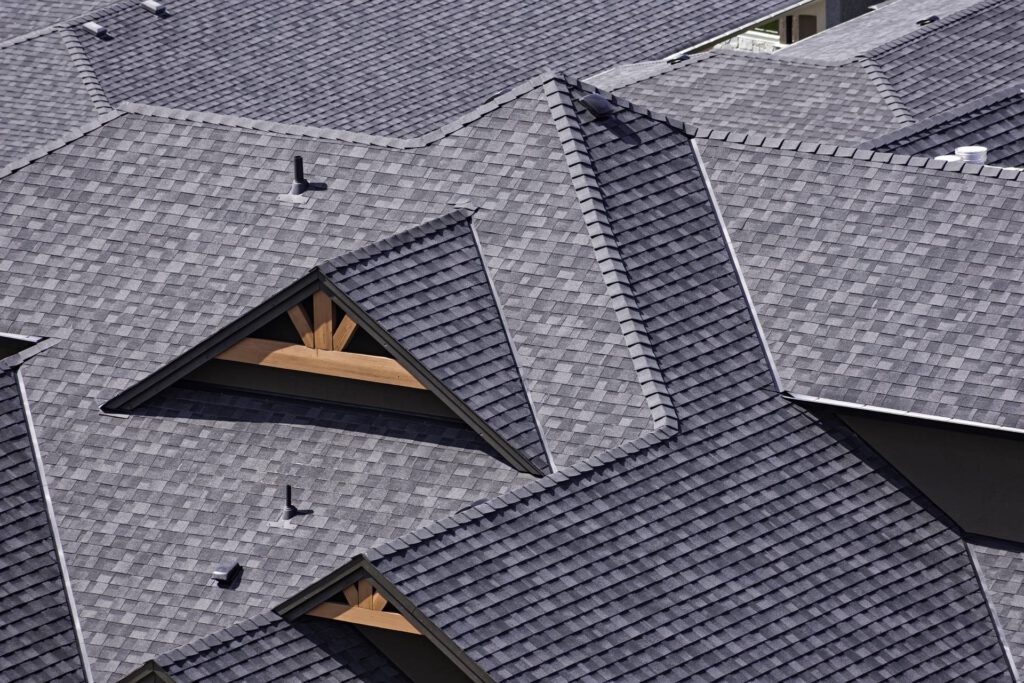
When it comes to construction, a roof is an important part of a building. It is the top covering of a building, and it is made up of different types of materials and constructions. Roofing is a very important part of a building because it is the first line of defense against weather conditions. Here are some tips to learn more about Roofing:
The rafters that support the roof are pieces of framing lumber. Prefabricated trusses are made of two-by-four members that are nailed together in factories and craned into place. The roof’s sheathing is typically plywood or OSB, but older houses might have tongue-and-groove sheathing boards. Problem areas include valleys, eaves, and where the roof meets walls or plumbing vents.
A roof also protects the building from the elements. It protects the building from rain and other elements, as well as from animals that might attack it. In most countries, a roof is a requirement, and it helps to provide extra space. Historically, roofs were used for farming and milling wheat or simply as an extension of the structure. At present, roofs may also provide protection from heat, cold, snow, or wind. Garden conservatories, for example, may have Roofing that allows for natural light to penetrate.
Roof shingles are individual overlapping elements that form the roof. They typically come in curved or flat shapes and overlap the joint beneath them. They are made of different materials, and the cost, weight, durability, color, and aesthetic appeal of the roof will vary greatly. Before choosing a type of shingle for your home, it is important to consider the climate, your desired end result, and your budget before making a final decision. For example, if you want to use a composition shingle, you need to check with a roofing contractor who specializes in this type of material.
Thermoplastic roofing membranes, meanwhile, are the fastest-growing type of Roofing. They offer excellent durability, are flexible, and can withstand the harshest weather conditions. They are also resistant to chemical spills, bacterial growth, and even flame. In addition, they offer excellent fire resistance, which is a must in hot climates. They are also known for reducing energy costs and are often black in color. This material is highly reflective, which lowers cooling costs.
While tearing off old Roofing is the easiest way to reroof a roof, this method of reroofing is not always a good idea. You may find that the old Roofing is corroded or has a rotten core. Regardless of the method, it is always better to get rid of old roof material before doing any type of repair. You might not even realize it’s there. So what should you do?
Roofing materials depend on the climate of your area. In many countries, the vernacular architecture makes use of vegetation as a roofing material. Seagrass is the longest-lasting roofing material, and it is used in many Asian countries. Bamboo is another option that can be used as an outer layer as well as for the supporting structure. For areas with abundant timber, wooden shingles or boards are used. Sometimes, the bark is used as a roofing material.
Concrete tiles, made of concrete, are a good alternative to clay tiles. Concrete tiles are sand-mix concrete and can be painted in any color you desire. They come in different shapes and profiles that resemble wood shakes or rolled clay tiles. Concrete tile is another durable option, and it costs about a third of the price of clay tiles. Concrete tile typically costs between $10 and $15 per square foot and has a 50-year lifespan.
Besides shingles, metal flashing and PVC roofing materials should also be used to protect your home. When choosing materials, consider the climate of your area and your needs. While it is possible to do some of the work yourself, it is best to hire a professional. They know which materials are appropriate for your roof and can monitor the installation of specialty rafters and flashing. Many problems occur around vents. You should hire a professional if you are unsure of the material or are not sure how to choose it.
If your Roofing is not properly insulated, you may experience ice damming or water penetration. If the eaves are not insulated, heat from the inside can cause snow to melt and refreeze. Water may then get into the roof, causing damage to the roof and the gutter and drainage system. Roofing is a significant part of any construction project. A properly insulated roof is vital to protect your home. The proper installation of roofing materials is essential for the protection of your home.
